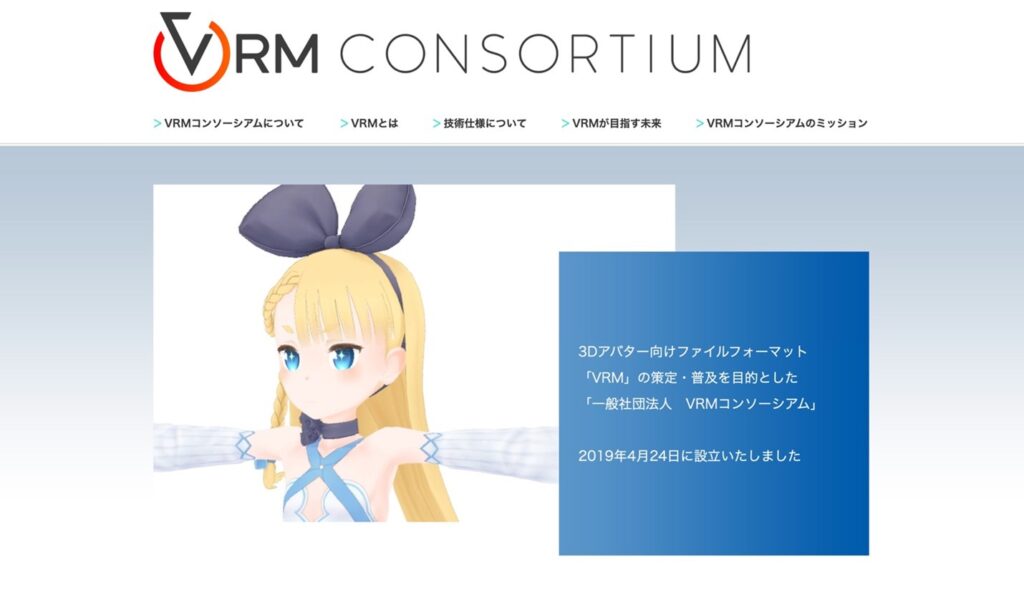The VRM Consortium, Inc., the creator and advocate of the VRM 3D avatar file format, which is based on the glTF 2.0 open standard, is collaborating with The Khronos Group, the developer of glTF, to advance the international standardization of VRM. Both parties will work together to develop the VRM and glTF formats as global open standards supporting interoperable 3D avatars.

It wasn’t that long ago that companies were outright obsessed with the metaverse. Then, suddenly, the focus turned to AI, as “machine learning” and “generative AI” replaced “metaverse” in announcements and conferences. Oh, the metaverse is still out there and is not in danger of disappearing anytime soon. In fact, the metaverse is getting a boost on the interoperability front, thanks to a collaboration by The Khronos Group and the VRM Consortium.
Both Khronos and the VRM Consortium are working together to advance the latter’s VRM 3D avatar file format, which is based on the glTF 2.0 3D open-standard format, developed by Khronos. Both groups will collaborate to propose VRM functionality as official glTF extensions in order to add capabilities supporting interoperable 3D avatars to the glTF global open-standard file format.
Ratification of VRM functionality as glTF extensions would encourage broader service and platform support for VRM avatars globally, advancing the goal of a borderless metaverse, Khronos stated.
VRM is a platform-independent 3D avatar file format originating from Japan, designed to enable interoperability in the metaverse era. In addition to traditional 3D model data such as textures and bones, VRM can handle information necessary for first-person avatar control, such as gaze settings. It aims to standardize varying scales and coordinate systems across different environments, allowing 3D avatars to be used seamlessly on any platform. Taking into account the nature of avatars and how people use them to bring out their personalities, avatar-specific licenses can be embedded into the VRM file, such as whether others can use the avatar or whether it can be used in violent representations.
VRM is proposed by Shinnosuke Iwaki, technical committee chair of the VRM Consortium. First released in Japan in 2018, VRM has supported diverse applications and services, including the metaverse communication service VirtualCast, 3D character creation software VRoid Studio, and the metaverse platform cluster. It has already become the de facto industry standard for avatar integration across platforms within Japan, and is available in Version 1.0.
The VRM Consortium and Khronos have been collaborating since the start of the year, sharing information related to glTF and VRM, and are moving toward consolidating and proposing VRM functionality as official Khronos glTF extensions. Extensions ratified by Khronos often are widely adopted and included in future versions of the glTF core specification. Successful ratification of VRM extensions by Khronos would elevate recognition of VRM both in Japan and the metaverse industry globally, encouraging broader service and platform support for VRM avatars, according to Khronos. As a result, it would mark a significant milestone on the path to international standardization for VRM, which, ultimately, could lead to long-term continuity and stability of VRM.